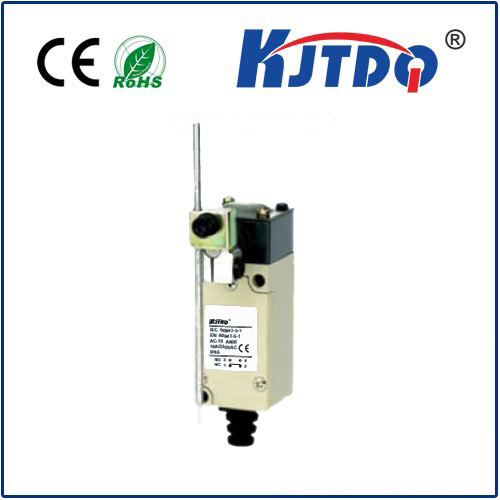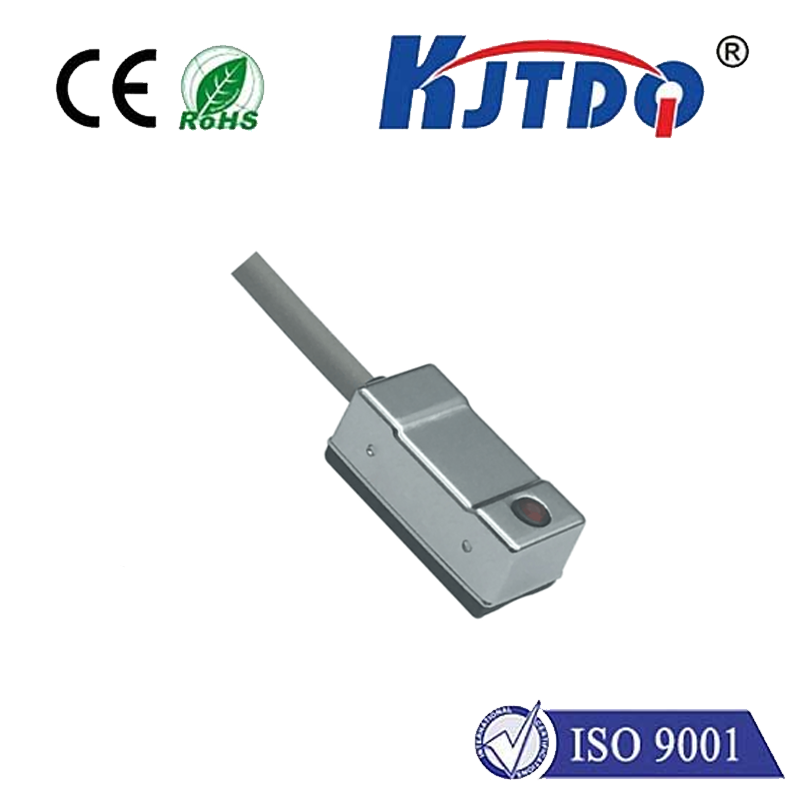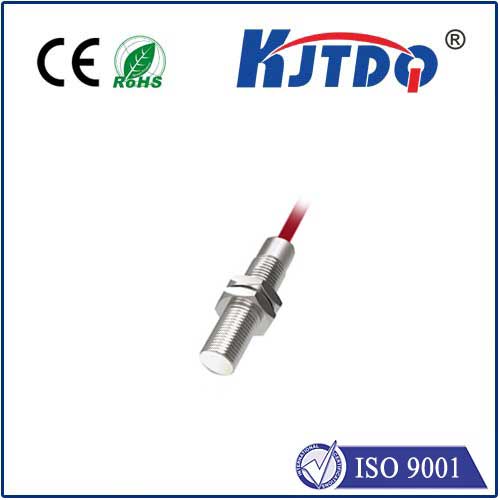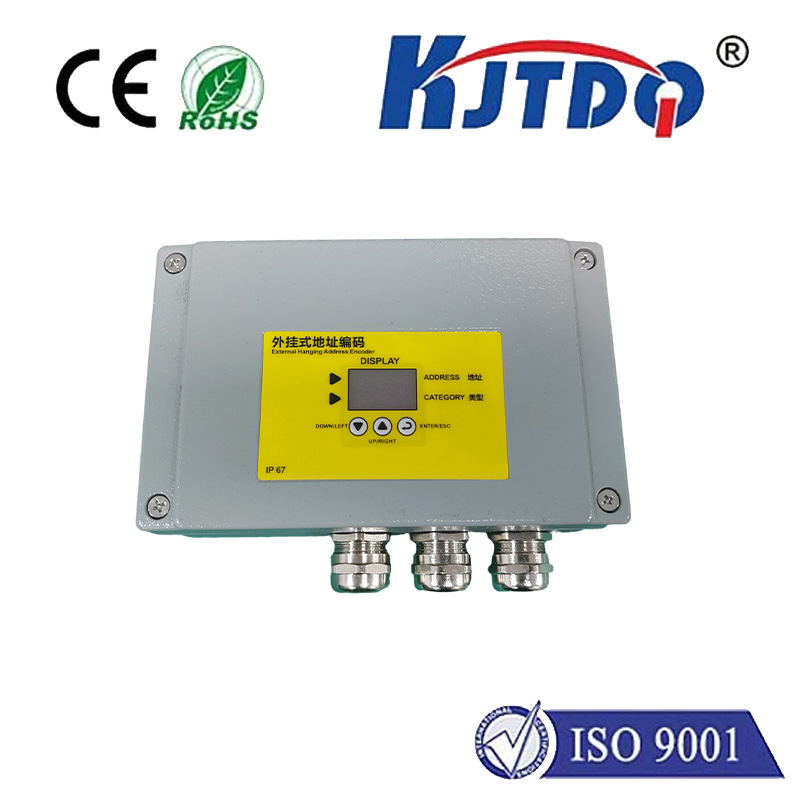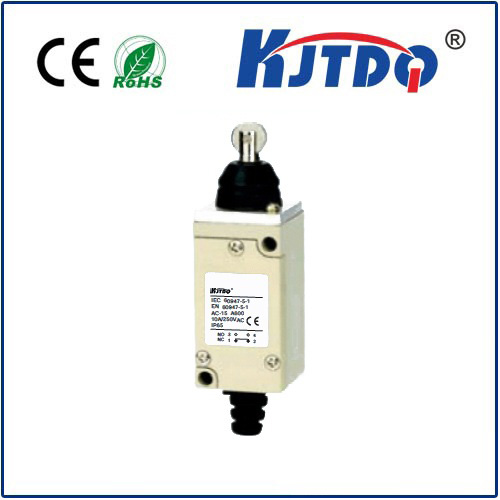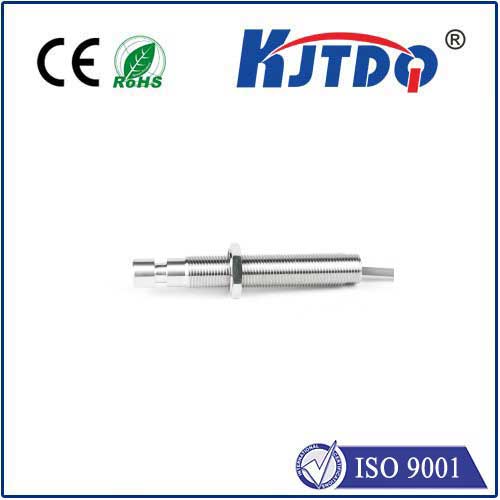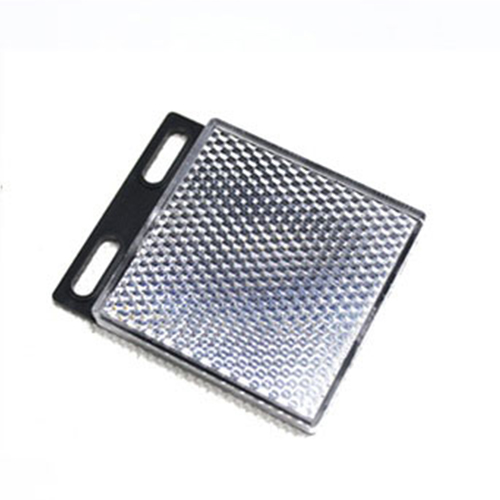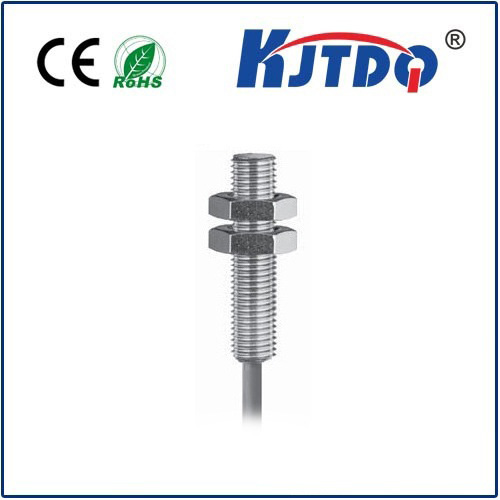coding sensor proximity
- time:2025-06-17 02:20:33
- Click:0
Coding Sensor Proximity: Mastering the Art of Spatial Awareness in Smart Systems
Imagine a world where your garage door opens seamlessly as you approach, robots navigate warehouses without collisions, and faucets activate with a mere wave of your hand. This isn’t science fiction; it’s the tangible reality powered by the intricate dance of coding sensor proximity. This fundamental skill sits at the heart of countless modern devices, enabling them to perceive and react to their physical surroundings. Mastering it means unlocking the potential for smarter, safer, and more intuitive interactions between machines and the world.
At its core, coding sensor proximity involves programming electronic systems to measure the distance to nearby objects and trigger specific actions based on predefined thresholds. It’s about translating the raw, often noisy, data from physical sensors into reliable, actionable intelligence within software. This technology permeates our lives, from the infrared sensor on your TV remote to the ultrasonic sensors guiding autonomous vehicles and the capacitive touchscreens on your smartphone.
Understanding the Sensor Palette: Choosing the Right Tool
The first step in effective proximity detection is selecting the appropriate sensor type. Each possesses unique strengths and limitations, profoundly impacting how you code the interaction:

- Infrared (IR) Proximity Sensors: Often found in simple object detection (like automatic doors or line-following robots), these emit an IR beam and detect its reflection. Coding involves reading a digital signal (object present/absent) or interpreting analog intensity for crude distance estimation. They’re cost-effective but susceptible to ambient light interference.
- Ultrasonic Sensors: These work like sonar, emitting high-frequency sound pulses and measuring the time-of-flight for the echo to return. Coding requires precise timing functions to calculate
distance = (speed_of_sound * time_delay) / 2. They offer good range and aren’t affected by light/color but can struggle with soft, sound-absorbing materials or complex geometries.
- Capacitive Sensors: These detect changes in an electrical field caused by conductive objects (like a human hand) entering the sensor’s vicinity. Coding focuses on measuring capacitance changes, often requiring specific libraries or careful analog reading interpretation. They excel for touchless interfaces but are sensitive to environmental factors like humidity.
- LiDAR (Light Detection and Ranging): Using laser pulses, LiDAR creates detailed point cloud maps of the environment. Coding sensor proximity with LiDAR is more complex, involving processing vast datasets to identify objects and calculate precise distances in 2D or 3D. Used in robotics, automotive, and mapping.
- Time-of-Flight (ToF) Sensors: Similar to ultrasonic but using light (usually infrared lasers), ToF sensors measure the phase shift or direct time-of-flight of reflected light pulses for very accurate, fast distance measurements. Coding involves interfacing with specialized modules and handling their communication protocols (I2C, SPI).
The Coding Craft: From Raw Data to Reliable Detection
Simply reading a sensor value isn’t enough. Effective proximity coding demands robust software strategies to handle real-world imperfections:
- Signal Filtering: Raw sensor data is notoriously noisy. Implementing filters is crucial. Simple moving average filters smooth out short-term fluctuations. More sophisticated techniques like Kalman filters provide statistically optimal estimates by combining sensor readings with predictive models, significantly improving reliability, especially for moving objects.
- Setting Detection Thresholds: The core of proximity detection logic. Define precise distance values (
MIN_DISTANCE, SAFE_DISTANCE, MAX_RANGE) that trigger actions. Coding must handle edge cases, like objects at the very limit of detection or rapidly changing distances. Hysteresis is often essential – introducing a buffer zone to prevent rapid toggling when an object is near the threshold (e.g., an automatic door won’t close if someone lingers just inside the beam).
- Sensor Fusion: Combining data from multiple sensor types radically enhances system robustness and accuracy. Coding this involves calibration (aligning coordinate systems), sophisticated algorithms (e.g., probabilistic filters like Bayes), and conflict resolution. For instance, an autonomous vacuum might fuse ultrasonic sensors for obstacle avoidance with cliff detection IR sensors to prevent falls.
- Event-Driven Programming: Efficient proximity coding often leverages interrupts or callbacks. Instead of constantly polling the sensor (wasting CPU cycles), the code sets up an interrupt to trigger only when a significant change in proximity is detected (e.g., an object enters the detection zone). This is vital for battery-powered devices.
- Communication & Integration: Sensor data usually needs to be communicated to a central processor (microcontroller, SBC, PLC) via protocols like I2C, SPI, UART, or analog voltages. Coding involves configuring these interfaces correctly and parsing the incoming data streams. Finally, the proximity data must be integrated into the higher-level application logic – triggering motors, activating relays, sending network alerts, or updating user interfaces.
Challenges and Solutions in Proximity Detection Coding
Coding sensor proximity isn’t without its hurdles. Environmental factors (ambient light for IR, acoustics for ultrasonic), varying object properties (reflectivity, material, size), and sensor inaccuracies all pose challenges:
- Ambient Noise/Interference: Rigorous filtering and shielding, choosing sensors less susceptible to the environment (e.g., ultrasonic over IR in bright sunlight), and sensor fusion help mitigate this.
- Object Variability: Calibration routines adaptable to different surfaces and coding algorithms that focus on relative changes rather than absolute values can improve consistency. Multi-thresholding or adaptive thresholds might also be necessary.
- Sensor Drift/Calibration: Coding periodic self-calibration routines or providing user-initiated calibration options is essential for long-term accuracy.
- Resource Constraints (Memory, Processing): On embedded systems, careful optimization of filtering algorithms (using efficient integer math instead of floats), leveraging hardware features (ADC, timers, interrupts), and minimizing communication overhead are critical coding skills. Choose computationally simpler filters where possible.
Real-World Impact: Where Coding Sensor Proximity Comes Alive
The applications are boundless:
- Industrial Automation: Collision avoidance in robotic arms (
SAFETY_DISTANCE monitoring), precise object positioning on assembly lines (time-of-flight for pick-and-place), and material level detection (ultrasonic sensors in tanks).
- Consumer Electronics: Automatic screen wake/sleep on laptops and phones (capacitive/IR), gesture control in smart home devices, and hands-free faucets/soap dispensers.
- Robotics: The foundation of autonomy: obstacle detection/navigation (ultrasonic, LiDAR), cliff avoidance (IR), docking/charging alignment, and object manipulation (gripper proximity sensing).
- Automotive: Parking assistance (*ultrasonic sensors), blind-spot monitoring, adaptive cruise control (radar/LiDAR), and pedestrian detection systems.
- Smart Infrastructure: Occupancy sensing for lighting/HVAC (PIR combined with proximity for presence), automated doors and gates, and touchless access control.
Mastering the craft of coding sensor proximity elevates a project from simply functional to truly intelligent and responsive. It requires blending hardware understanding with robust software engineering principles: selecting the right sensor, implementing noise-resistant data processing, defining intelligent thresholds, and integrating seamlessly into broader system logic. By conquering these challenges, developers create systems that perceive their environment with remarkable acuity, enabling safer interactions, smoother automation, and a more intuitive bridge between the digital and physical worlds. Whether it’s a simple DIY gadget or a complex industrial machine, the ability to code spatial awareness remains an indispensable skill in the modern maker’s and engineer’s toolkit.






